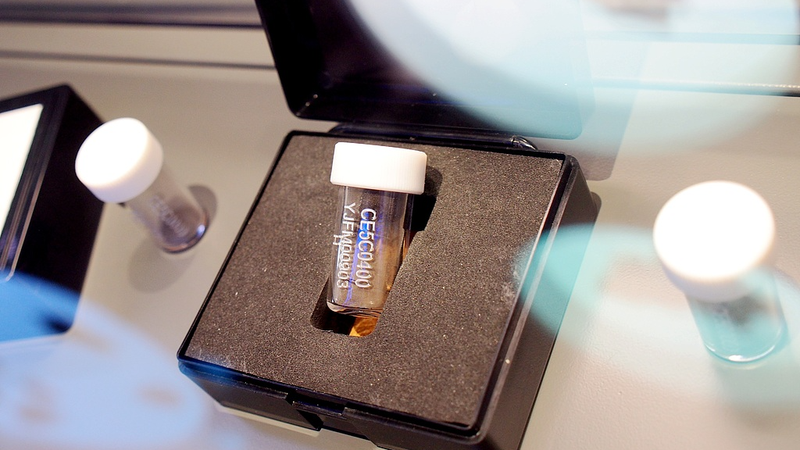In a groundbreaking twist from space exploration, China's Chang'e-5 lunar mission has returned tiny, vibrant green glass beads that are now reshaping our understanding of the moon’s deep interior. These beads, strikingly different from typical lunar glass formed by surface impacts, show unusually high levels of magnesium – a sign they might have originated from the moon’s mantle.
Researchers from the Chinese mainland and Australia's Curtin University are buzzing with excitement. Alexander Nemchin from Curtin's School of Earth and Planetary Sciences explained, "These high-magnesium glass beads may have formed when an asteroid smashed into rocks that originated from the mantle deep within the moon." This first-hand glimpse into the moon’s inner layers is a breakthrough, as scientists have never directly sampled the mantle before.
For young space enthusiasts and curious minds alike, this discovery offers a fresh look into the cosmic past and opens new avenues for exploring how the moon evolved over time. Space exploration just got a whole lot cooler! 🚀🌕
Reference(s):
Chang'e-5 collected glass beads reveal secrets of moon's deep interior
cgtn.com




